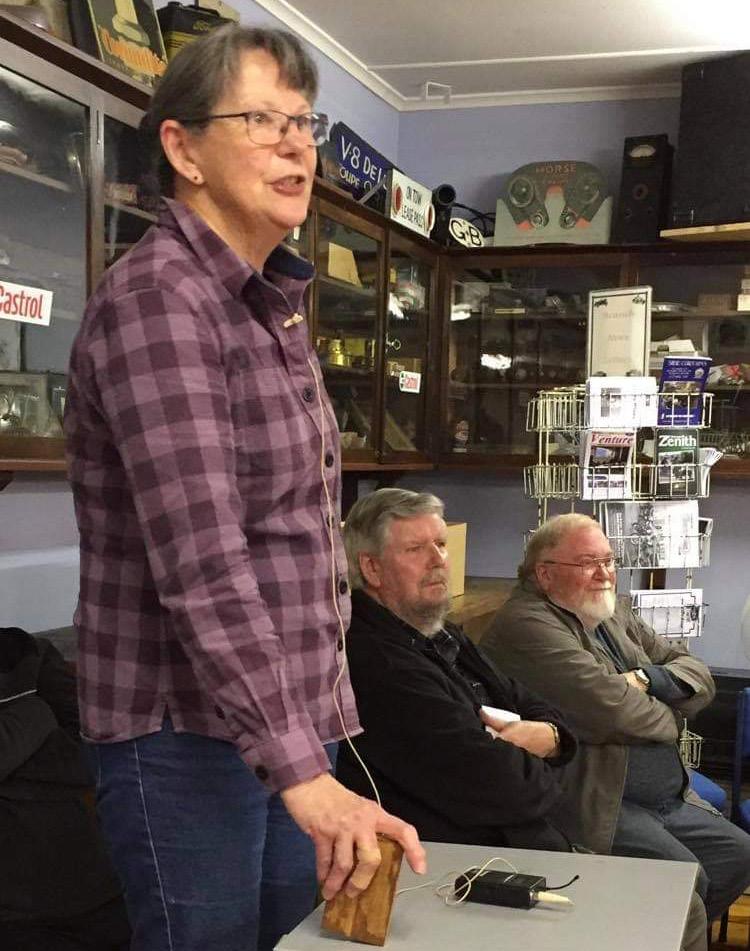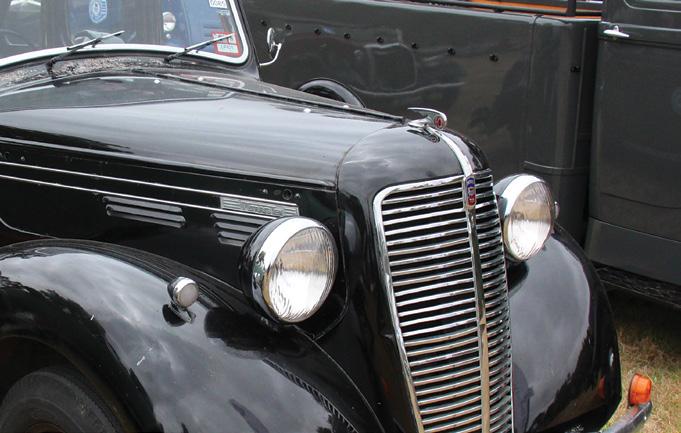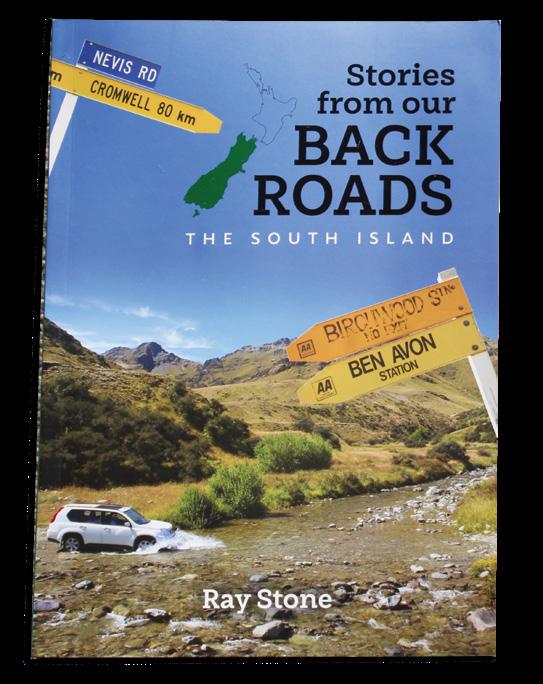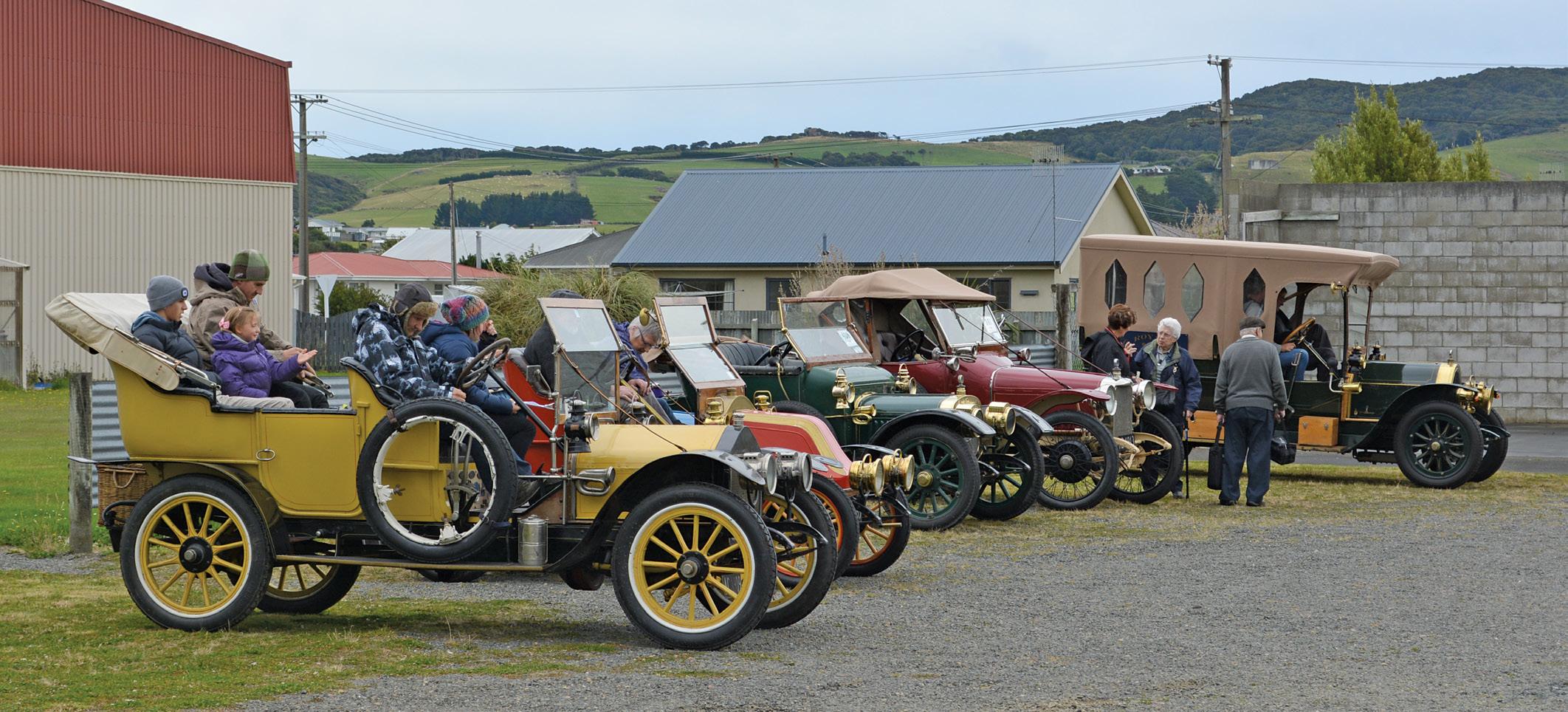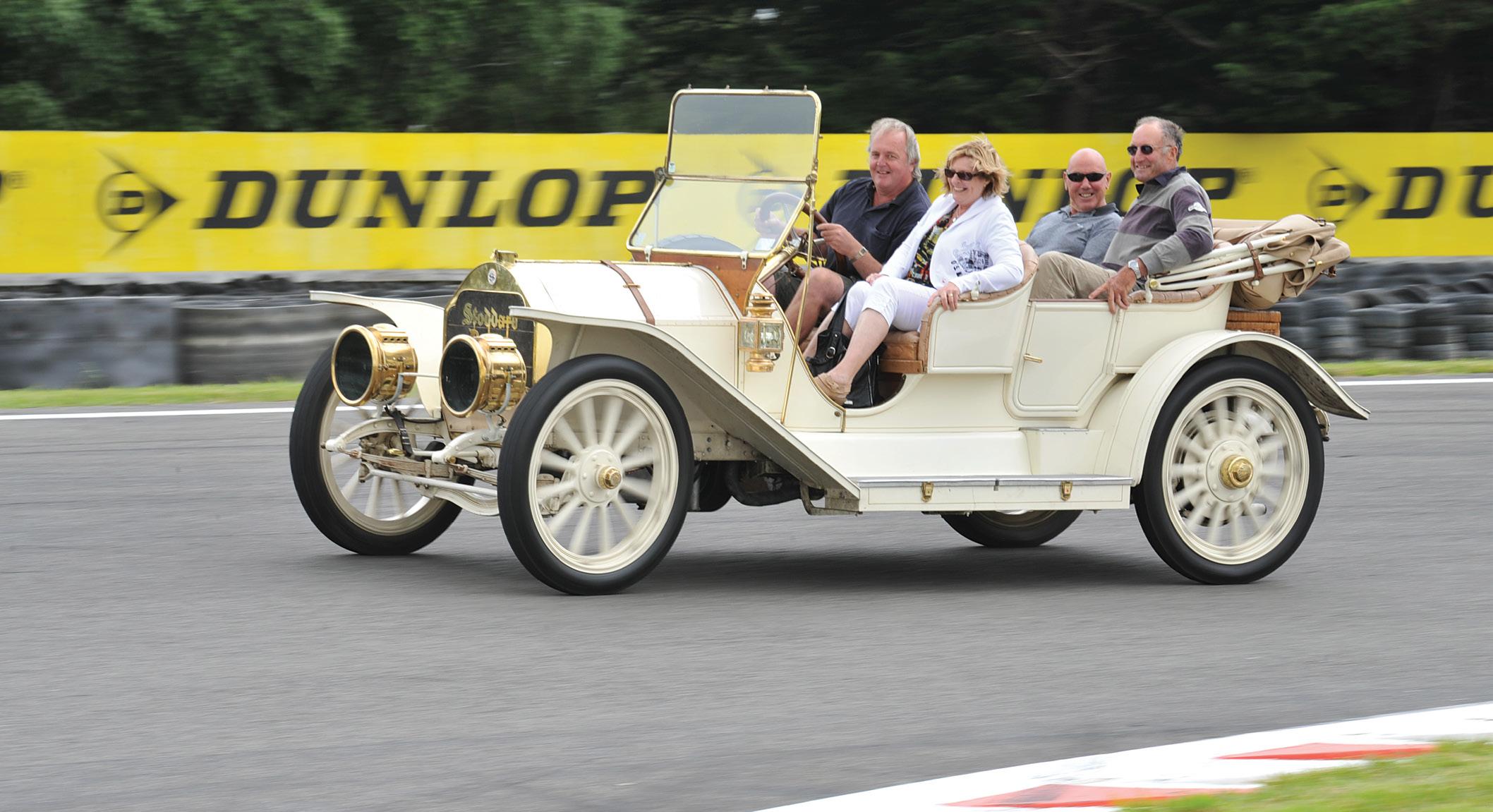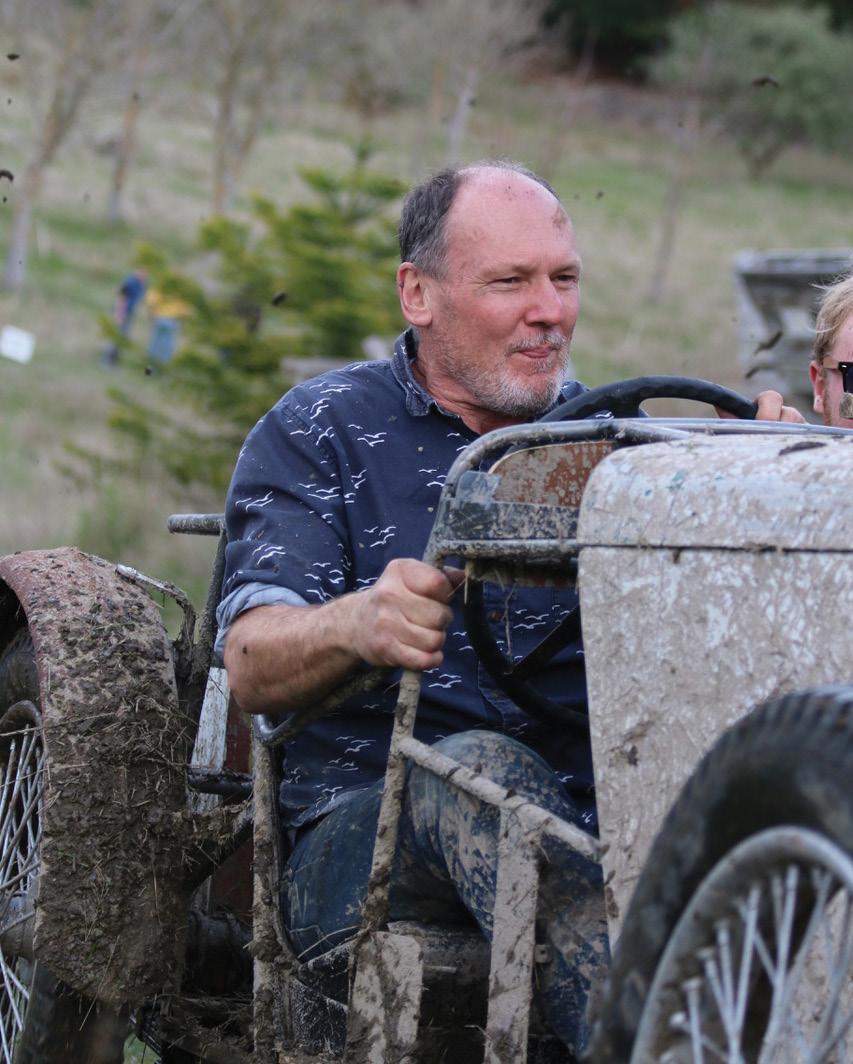
7 minute read
Mailbag
The editorial committee reserve the right to publish, edit or refuse publication of any item submitted as comment. The views expressed herein are those of the authors and do not necessarily express the policy or views of the Vintage Car Club of New Zealand (Inc.) or the publishers. Letters may be edited for length and clarity.
CORTINA QUESTION ANSWERED
It was good to see an original example of a Cortina GTE in Beaded Wheels (365 - Aug/Sep 2020). The writer asked some questions which I can probably answer.
The raison d’etre for the Cortina GTE was for Ford New Zealand to compete in the 1970 Benson and Hedges 500 for production cars in the 1600-2000cc class. To be eligible for entry a minimum production run of 200 locallyassembled examples was required.
The man behind the Cortina GTE was the then Sales and Marketing Director at Ford New Zealand, J Reyn Penny. I interviewed Reyn extensively for the about-to-be-released book Ford in New Zealand - Driving Ahead 1936 to 1997 and, of course, this included the GTE. The full story is included in the book.
Essentially, it was a standard production Cortina with the GT goodies. By 1970 the GT body was essentially the same as the standard cars – earlier ones were heavier duty, and with slight differences such as mounts for rear suspension tramp rods. Up to this point only standard production Cortinas had been assembled here, thus the GTE body was the first such variant to be locally produced. Reyn wanted to take it a step further and emulate, to a degree, the 1600E variant, which had become a big hit in Britain. However he was constrained by budget and the copying was for looks only, the New Zealandmade wooden dash overlay (made in Christchurch) was the main 1600E item copied. Other luxury items included on the GTE were driving lights, reversing lights, a remote boot release and high-back front seats. To give the GTE a sportier appearance, the grille and rear panel between the lights were blacked out, and (horrible) wheel covers fitted on standard wheels.
The 1600E was a very different car. Amongst the many differences were Lotus suspension and wide Rostyle wheels. The 1600E is, in my opinion, probably the best of all Cortinas, and for many reasons.
While I cannot be absolutely certain, I am 99 percent sure that it was just the 200 GTEs that were built. They were available in only four colour schemes.
The Cortina GTE went on to do what it was designed to do - it won its class in the 1970 B&H 500. Indeed first and second places in class, and 6th overall behind a V8 Valiant, Fiat 125s and a Falcon. It was a good day for Ford.
The Ford in New Zealand book is due for release on 1 November.
John Stokes Member - Wellington
MYSTERY SOLVED
Regarding the photo on page 2 of Beaded Wheels 365. This photo is on page 21 of the book The Veteran Years of New Zealand Motoring, with caption “The footbridge over the Matai, Waimea County.” The Matai River flows through Nelson.
Don and Marlene Muller
I am fairly sure the Olds in the river shot is at the Maitai River in Nelson. The ford crossing was replaced by the first bridge over the Maitai around 1950 and is close to two popular swimming holes still in use today. I think one was called Dennes Hole.
Beyond this point was Richardson’s farm. The area has recently been suggested as a possible new residential subdivision. I also would like to clarify the Mailbag query on page 7. The vehicle shown appears to be a Chev 4 with a tractor radiator. That’s my guess.
John Sigley Ed note: Thank you to the many members who wrote to let us know the origin of the image on page 2 of issue 365. Unfortunately there are too many to publish here but at least we have the information now.
NEW PROJECT
I have acquired a new project car from my grandfather Gordon.
It is a Sunbeam Talbot Alpine Mark III that until recently had next to no history apart from the fact grandad bought this car back in the ‘90s from Tauranga. The car came with boxes of parts, a rusty rolling chassis and damaged body and had been in dry storage for 20 years. Grandad was going to sell it but I talked him out of it and said I’d like to take it on as my next project. Having no chassis numbers, plates and tags could prove a challenge as the project progresses.
With the help of social media we have found out that it was raced in the early days, subsequently crashed and put back on the road again with incorrect plates and tags, then taken off the road again.
I have contacted Rootes group and the Sunbeam Talbot Alpine Register and they were not aware that there was a Mark III in New Zealand. There were only 300 Mark IIIs made and only 1200 Mark Is (there was never any Mark II)
Without chassis numbers I cannot confirm that it is a Mark III, however it is fitted with a Mark III dash. It has old New Zealand rego stickers from 1970 and underneath the layers of paint its original white finish can be seen. There is a blanked over hole in the mudguard where an aerial would have been fitted as can be seen in the photo of a Mark III Alpine racing at a Gisborne hill climb in 1960. The driver was Basil Lawrence. There is a hole in this same spot for the aerial and this car was then painted burgundy red which would match the colour scheme as shown in the photo.
I am seeking information about this car in the hope that I can find out what my chassis number should be and the history of the car. There are only four Mark I Alpines in New Zealand and one special so I am hopeful that the information is out there.
Jared Dacombe 027 547 7968 jjdacombe@gmail.com
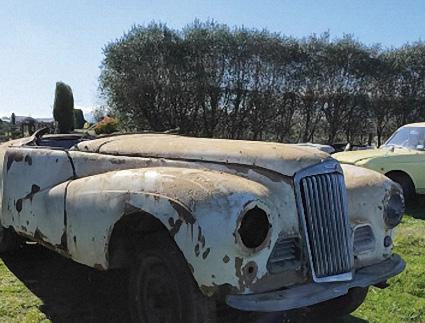
Vauxhall H12 hp Calèche circa 1940 body by GM Holden on Bedford commercial chassis, restored by Tom Clements.

END OF AN ERA
I have just received and read with interest the End of an Era about GM Holden and their most innovative productions with clever design features.
They didn’t only produce vehicles as available from the manufacturers, but built in features such as split windscreens and even special bodies such as “slopers” designed by their own designers. Utes were also produced on various chassis including Bedford commercials on Vauxhall 10-12 running gear.
One very special sports tourer was designed about 1938. This was the quite attractive Calèche Sports 4 seater tourer, built on the robust Bedford Commercial chassis. The motor was standard H10 or H12 hp with OHV and independent knee action suspension on a fixed tubular axle.
I restored and motored one of these. See photos at left.
Tom Clements, Christchurch
INFORMATION PLEASE
I’m seeking information and/or history on the car in the below photo.
Imported new by Tony Shelly of Shelly Motors, Wellington when he was the Porsche agent.
The photo shows Tony in the car at the NZGP meeting at Pukekohe on 4 January 1969 when brand new.
I would like to trace later owners and history.
Glyn Jones, Christchurch glynjones1356@gmail. com or 021 892 887
HISTORY REQUIRED
I am attempting to research the history of a 1950 7R AJS motorcycle which I have owned since 1960. I have been told that Bob Burns bought the bike from Lloyd Williams Car Sales, minus the motor, in the 1950s. He then obtained a motor from the AJS factory(?).
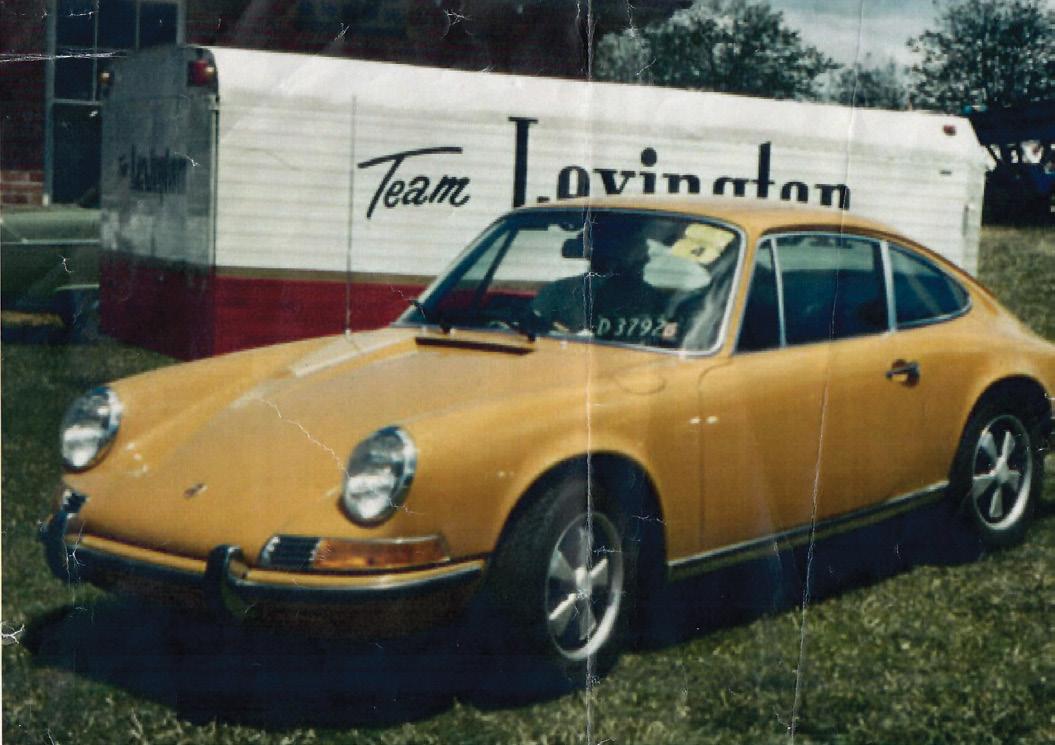
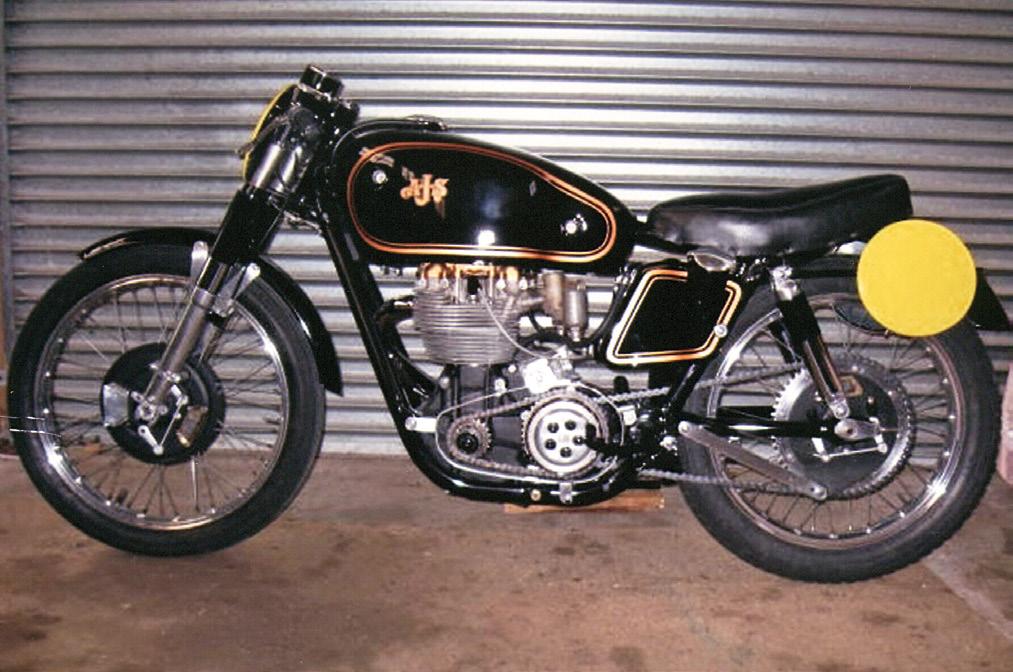
In 1951 AJS built three works 7Rs and two spare engines. The motors had no engine number and a different spec to standard production models. The works motors had roller cam followers, and a different cam profile, GP Amal carb. My motor has no engine number, but has 51 engraved on the cam lobe and has early Amal GP carb.
Any help from members who may know anything about the bike would be most appreciated
Ian Wilson Mem Marlborough 03 972 0250, RD 4, Blenheim
GM Holden’s Calèche sports tourer circa 1949.

Need a tow?

tow of the month

We specialise in project and restoration vehicles and work alongside many of the greats in the creative world of fabrication, panel shops, mechanical wizards, Auto Electricians and Pin stripping artists, to name a few.
At Classic Towing we are car freaks and cater for like-minded enthusiasts all over New Zealand.
We tow anything from veteran - vintage - classic vehicles, race cars and bikes to Mum and Dad’s daily drivers.
Imported Vehicles
We work with all shipping companies to pick up your imported vehicle and work closely with di erent compliance companies to remove the stress factor.


